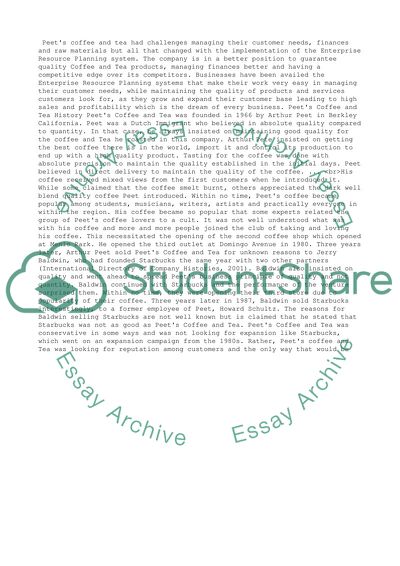Cite this document
(“Enterprise system Assignment Example | Topics and Well Written Essays - 3000 words”, n.d.)
Retrieved from https://studentshare.org/business/1498436-enterprise-system
Retrieved from https://studentshare.org/business/1498436-enterprise-system
(Enterprise System Assignment Example | Topics and Well Written Essays - 3000 Words)
https://studentshare.org/business/1498436-enterprise-system.
https://studentshare.org/business/1498436-enterprise-system.
“Enterprise System Assignment Example | Topics and Well Written Essays - 3000 Words”, n.d. https://studentshare.org/business/1498436-enterprise-system.


